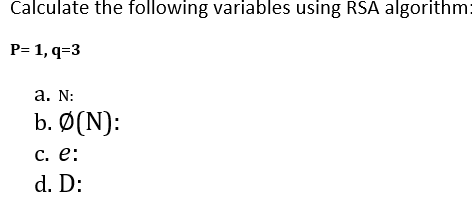
The combination of an arithmetical operation on two machine numbers followed by a rounding-off operation is called a quasi-operation. The latter case brings the computer to a stop (a machine-breakdown). In the former case the result is rounded off, which brings back the result into $M$, but which renders the operation inexact and results in a loss of accuracy. An arithmetical operation on two machine numbers may produce a result lying outside the set $M$ for two reasons: the number of significant digits is larger than permitted or the value itself is larger than the permissible value of the machine number. an arithmetical operation) and about the operands (the objects on which the operation is to be performed, and the result of the operation). A given computer may work with various sets $M$, corresponding to various bases, various frames and various machine intervals.Ī machine command is a machine word which contains information about the operation (e.g. As a result, machine numbers are subject to constraints both as regards the number of significant digits and as regards the absolute value. Machine numbers usually constitute a finite bounded set $M$ of numbers, located in the machine interval $$ and written down in the digit frame of the machine, the base $a$ being given here $a\geq2$ is some natural number and $A$ is the highest machine number (the machine infinity). The object of operations of the computer are data in the form of machine words, which are interpreted as machine numbers, machine commands, etc. A computational algorithm is called linear if the sequence of operations of the computer is independent of the input data, and is called non-linear otherwise. If a computational algorithm and a computer are both given, the computational process is strictly deterministic, that is, to the given input data correspond, in a perfectly determinate manner: a sequence of computer operations a sequence of computer states output data.

as a finite sequence of states of a real computer, discretely distributed in time, the real computer - unlike an abstract computer - having a restricted rate of performance of the operations, a restricted number of digit places to form a number and a restricted storage capacity. A computational algorithm is realized in the form of a computational process, i.e. An exactly defined specification of the operations to be carried out on data, by means of which it is possible, using a discrete-operation digital computer, to convert a certain amount of data (input data) into a certain amount of other data (output data) by performing a finite number of operations.


 0 kommentar(er)
0 kommentar(er)
